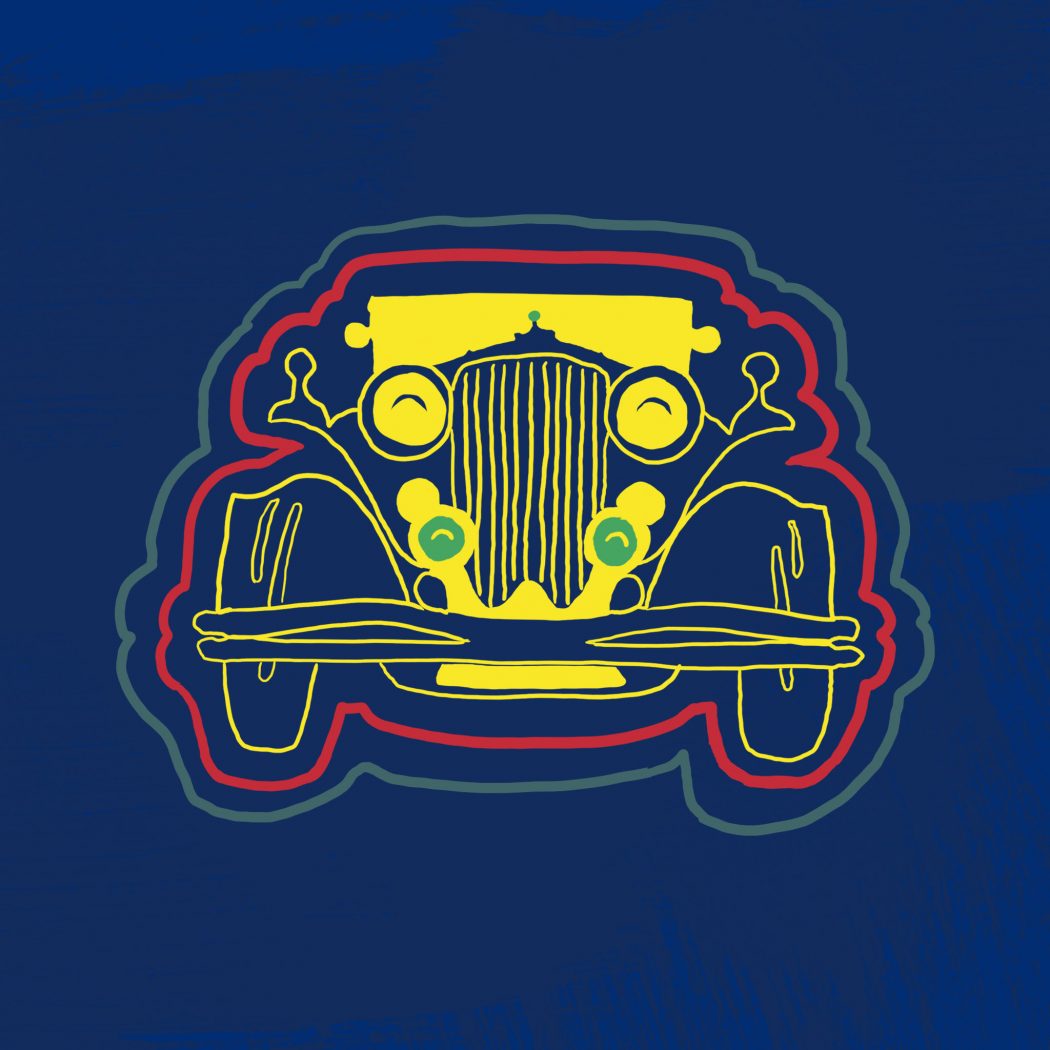REVIEW: The Great Gatsby
“He stretched out his arms toward the dark water. … I … distinguished nothing except a single green light, minute and far away. … When I looked once more for Gatsby he had vanished. …”
Written in the 1920s by F. Scott Fitzgerald, “The Great Gatsby” is widely referred to as the great American novel. The reason for the book’s reputation, and standing as mandatory reading in most American high schools, comes primarily from the commentary about the American dream.
The novel centers around Jay Gatsby, a seemingly wealthy New Yorker who hosts lavish parties every week. Despite this extravagant lifestyle and appearance, Gatsby is really a man from a poor rural background obsessed with changing his identity.
The most famous symbol from the book is the green light. Gatsby would sit at the end of a dock near his house and stare off into the distance at a green light across the bay, transfixed by its luminance. While there is some debate over exactly what the light represents, most interpretations bare some semblance to capitalism and the American dream, whether the light is interpreted to mean money, greed, or a green traffic stoplight. It is this fixation with his aspirations that makes the character of Gatsby so intriguing and so compelling.
Jared DeFife, a professor at Emory University, posted a psychoanalysis of Jay Gatsby on YouTube. In his analysis of Gatsby, DeFife noted a clear distinction between two feelings: shame and grief. Guilt is a consequence of an action. If someone does something they regret, they experience guilt. Shame, on the other hand, is independent of the actions someone undertakes. It is an innate distaste towards one’s own personal identity and background. DeFife posited one of Gatsby’s prime motivators is shame for his identity. All of his efforts stem from shame. Gatsby changes his name, moves to New York, fakes an education from Oxford and does everything in his power to dissociate with his humble background.
While materialism is often criticized as a fruitless endeavor, “The Great Gatsby” offers a mature view of the subject, presenting materialism in a more “existential light.”
Embedded within “The Great Gatsby” lies a great irony with its thematic elements. In a surprising connection, I think both readers of “Jurassic Park” by Michael Crichton and “The Great Gatsby” may notice similar ironic motivations in regard to the novels’ central themes.
The ultimate theme of ”Jurassic Park” is messing with nature is not a good idea and that reality is inherently chaotic, yet many readers walk away from the novel pontificating about how cool it would be to resurrect dinosaurs. Similarly, Gatsby’s ultimate resolution is a critique of the American dream and materialism. When Gatsby dies, no one, save for the narrator of the novel, attends his funeral. Everything that he had built was fruitless and predicated on illusion. Yet, despite this pessimistic view of the American dream, many readers walk away with a stronger desire to be like Gatsby.
Both “The Great Gatsby” and the character of Gatsby serve as a reminder that the American dream is not a destination but a pursuit. This sentiment is best captured in the closing lines of the book:
“Gatsby believed in the green light, the orgastic future that year by year recedes before us. It eluded us then, but that’s no matter — tomorrow we will run faster, stretch out our arms farther. … And one fine morning — So we beat on, boats against the current, borne back ceaselessly into the past.”
These lines are a perfect synopsis of the novel. While the green light is forever receding into the background and may be unattainable, there is something beautiful about trying to reach it nonetheless. And it is this pursuit, despite the waves pushing you back, that defines the American dream.
—kfors@gmail.com
*Graphic created by Regan Johnson

